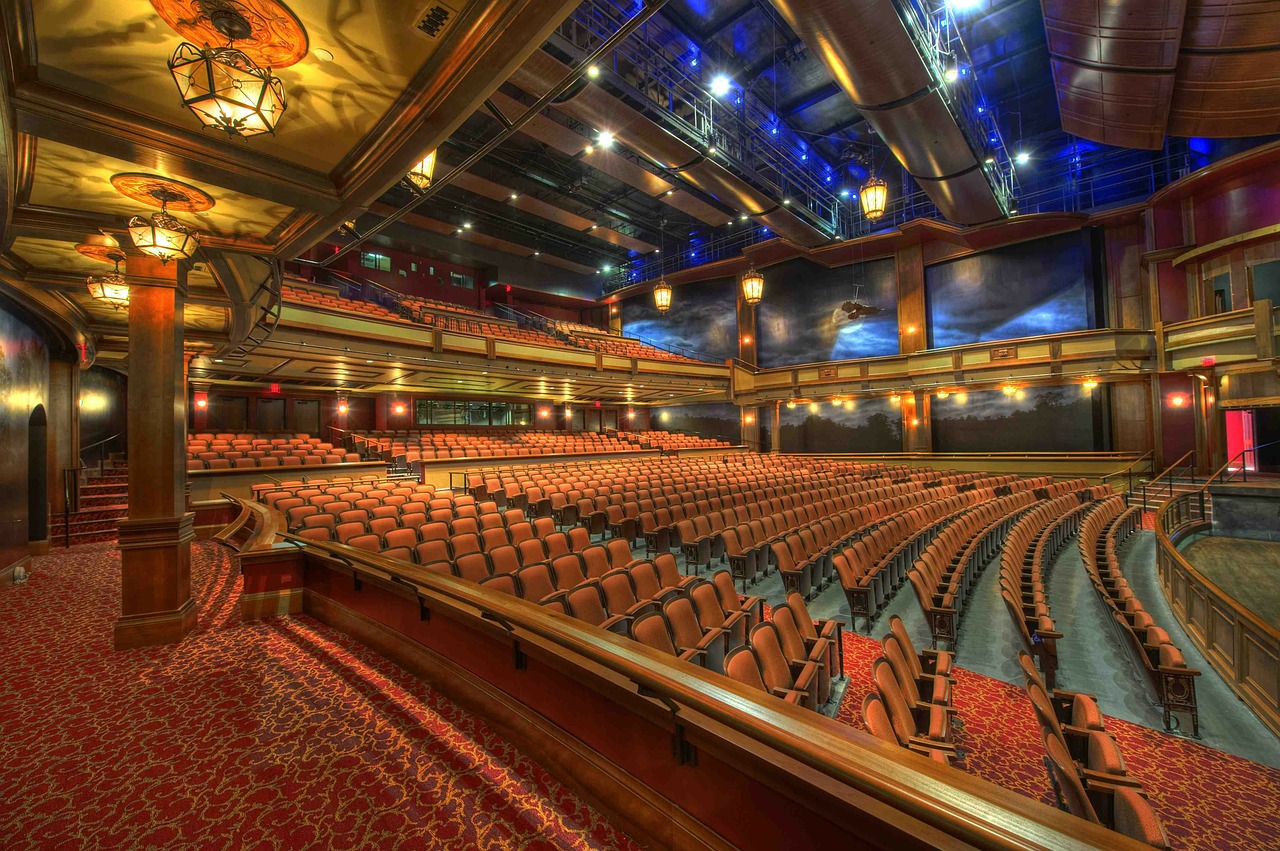The term theater, in a broad sense, refers to a type of art that arose in Central Europe. since the 18th century with The bourgeoisie’s emergence as a formative social force. The term “theater” can refer to a scenic show’s location or the show itself. As a result, the theater also refers to the institutions, groups, and organizations that create and present such performances.

Looking for the best biology tutor? visit ‘biology tuition’ for more details.
Historical aspects of the relationship between theater and education
Even before professional theater emerged in Germany, the humanistic school theater of the late 15th century, as well as the Jesuit theater and the Reformation school theater of the 16th and 17th centuries, used the drama and its performance by the pupils pedagogically to develop social skills, like rhetorical eloquence and dexterity in demeanor, virtue, and morality. The playful practice of social behavior through the representation of the characters in the school dramas should prepare the students for dealing with reality.
Educational processes in the theater
Ulrike Hentschel advises skepticism about educational expectations of salvation in the use of “theater as a means in the educational field” because these expectations were always based on “desirable goals” and understood acting as an instrument to achieve these goals. At the same time, there are learning processes inherent in acting and theater viewing, which, however, cannot be controlled by means of a previously determined learning objective.
Play as a form of art and mediation as a form of art are two aspects of theater education
In practice, The artistic and educational spheres of theater work are inextricably linked. Theater education is no longer viewed as a tool for explaining and communicating theatrical art, but rather as a conceptual component of it.
The educational potential of theater reception
Theater artworks through a multi-layered system of signs that creates meanings following an internal theatrical code. In the reception process, the viewer decodes the theatrical code and interprets the signs or the context of the signs. Both in theatrical production and in interpretive reception, the theatrical code can be influenced by external codes. The interpretation of the theatrical code is the creative performance of the viewer in the process of aesthetic learning stimulated by the theatrical event. In theater for young audiences, two basic aesthetic principles can currently be observed that use this educational potential of the reception processes in the theater. At the same time, they refer to the theater’s different interpretations of cultural education. Some understand the theater visit per se as an educational event and evaluate it according to its usability in teaching and learning processes. Theaters try to meet this expectation by subordinating all artistic means of staging to the conveyance of certain content and striving for a relative clarity of the message of a text or a staging.



